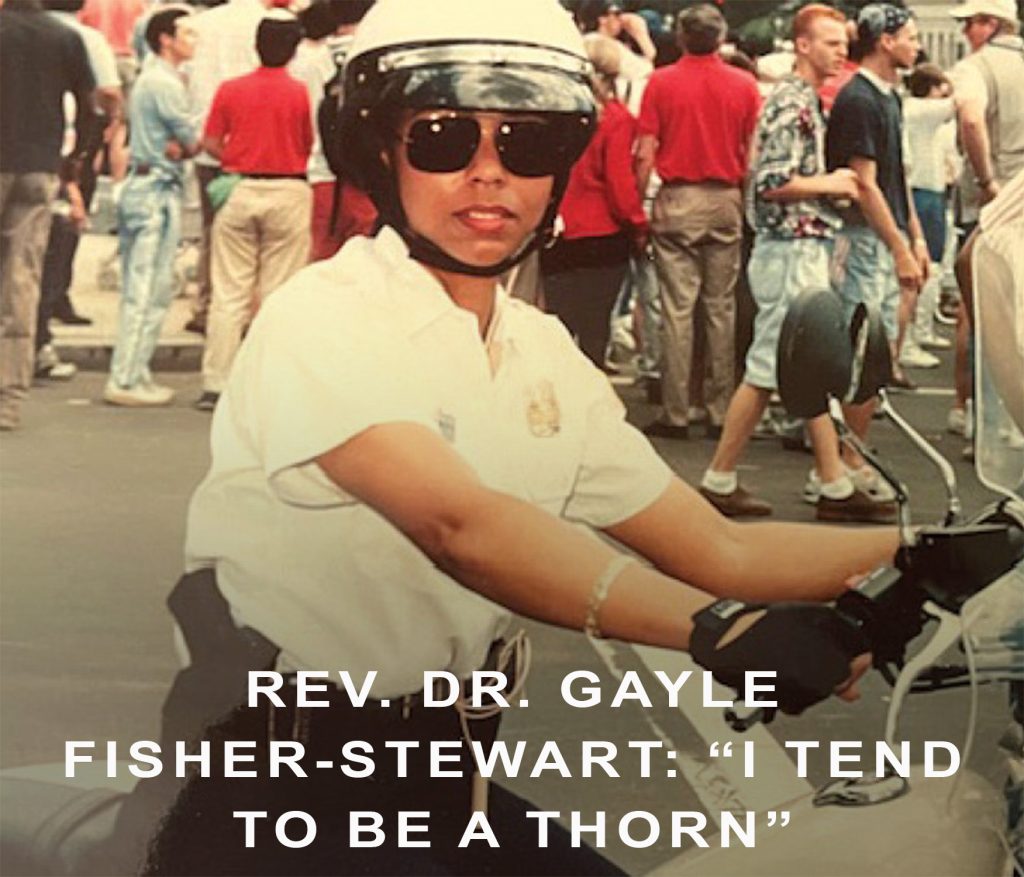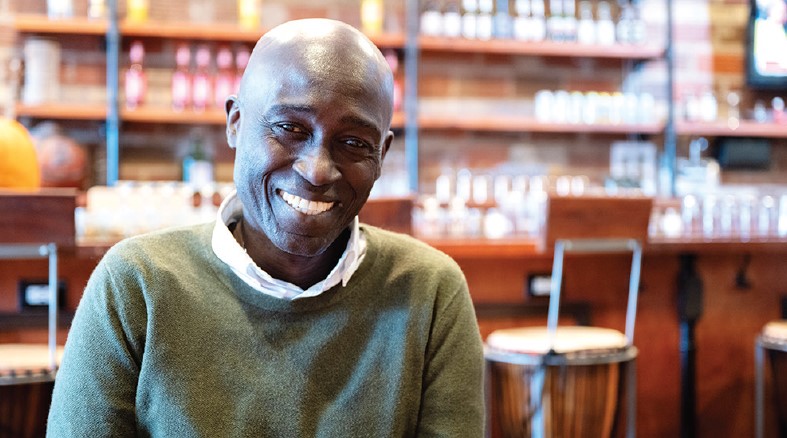On April 3, Takoma Park City Manager Robert DiSpirito presented his proposed budget for Fiscal Year 2025 (FY2025), which begins on July 1, 2024.
No Tax Rate Increase Proposed
The proposed budget keeps the real property tax rate at 55.22 cents per assessed valuation, despite a drop in revenue from other key sources. Throughout April, the City Council has been reviewing and discussing the budget, holding work sessions, and listening to public comment.
The council is expected to vote on the budget on May 8 and 15.
Once the budget is adopted, it can only be changed through the budget amendment process. This is sometimes necessary to reflect changes that occur throughout the fiscal year.
Transitions and Challenges
Manager DiSpirito has titled the draft budget “A Bridge Forward,” stating that Takoma Park faces several realities that will reduce city revenue and increase expenses. Proposed expenditures for FY2025 are $32,245,760 versus projected revenues of $30,586,928. This is a difference of approximately $1.6 million. The proposed budget intends to cover the deficit by assigning $206,997 in interest from the Library Bond Reserve and about $1.4 million from the Unassigned Reserve Fund.
Manager DiSpirito is identifying this as a one-year measure to fill the gap, while maintaining city services, fully funding reserves at the council policy level of 17%, and holding the line on the real property tax rate. DiSpirito has voiced his commitment to developing strategies over the next year to begin to return the city to a more solid and sustainable fi nancial footing.
Manager DiSpirito cites the following financial challenges that the city will face in FY2025:
- The ongoing impact of unavoidable higher inflationary expenses on capital improvement projects and the procurement of necessary equipment, commodities, and services
- The dwindling balance remaining in the city’s account containing the federal American Rescue Plan Act (ARPA) fund
- The increased cost of employee compensation (salaries, wages, and benefits) resulting from the implementation of two new multi-year employee collective bargaining agreements (AFSCME and UFCW Local #400) as well as needed adjustments for non-represented employees, for both the new FY2025 budget and retroactively for FY2024
- The announced reduction in tax duplication funds from Montgomery County
- The continued decline in cable TV revenues
- The continued decline in speed camera revenues
- Possible reduction by the State of Maryland for shared Highway User Revenue funds.
General Fund Reserve Balance Policy Goal Restored
Despite the financial pinch, the proposed FY2025 budget returns the General Fund’s Unassigned Reserve Balance to 17%, which is the financial policy goal previously set by the mayor and council, based on recommendations from the Government Finance Officers Association. The Unassigned Reserve balance of the current FY2024 Budget was approximately 14%.
Personnel Level Is Stable
For the General Fund, no additional full-time positions are proposed. While there is not a universal hiring freeze in place, some currently vacant positions are proposed to be strategically re-purposed for other positions in FY2025. A minor net reduction of 1.98 in overall full-time positions is forecast based on an adjustment of hours for some current seasonal and part-time positions.
Red Light Camera Fund
DiSpirito expects to raise approximately $1.3 million in FY2025 through red light cameras that will document and fine traffic violators. These funds are proposed to go to a special revenue reserve fund in the Police Department, not the General Fund, since the purpose of this revenue is to address public safety. The Red Light Camera fund will supplement declining revenues from the current and ongoing Speed Camera fund. DiSpirito proposes that some amount of new revenue from the Red Light Camera fund be earmarked for a transit planner, who will be tasked with improving pedestrian and traffic safety.
Federal American Rescue Plan Act (ARPA) Funds
Many ARPA funds—which the federal government disbursed to Takoma Park in 2021 in the amount of $17.5 million to address pandemic challenges—have been already allocated. DiSpirito proposes that the remaining funds address ongoing mayor and council priorities—while phasing out the city’s reliance on this revenue source. The draft budget proposes putting $6,980,140 in ARPA funds toward the following priorities:
- Additional funds for street rehabilitation
- Additional funds for sidewalk design and construction
- Continuing support for library construction
- The community center atrium renovation project, including
- Mental health crisis counselors
- Expanded public safety critical police dispatch
- A food insecurity program
- A community connectors program
- Community engagement software
- A document management platform program
The General Fund will continue to address the following priorities specified by the mayor and council:
- Continued funding for emergency rental assistance
- Continued funding for small business grants
- Increased funding of the Equipment Replacement Reserve by $900,000 (compared to $550,000 in FY2024)
- Continued funding of $142,000 for the City’s local supplement to State Homeowner Property Tax Credit Program
- Contribution of $600,000 to fund the Library Construction Contingency Reserve
- Contribution for Community Events Grants of $60,000
- Funding for various Quality of Life grants
- Funding for Recreational scholarships
- Contribution to the Housing Reserve Fund of $100,000
- Funding for Emergency Tree Removal, Summer Enrichment program, Community Play, and Farmers Market grants
- Stormwater Capital Improvement expenditures of $230,000 for the construction, maintenance, and repair of storm drains, inlets, channels, and ditches
- Increased funding for traffic calming and pedestrian safety projects
- Police funding for bike patrol unit equipment, field radio equipment, mobile computers, and overtime for designated and additional patrols
- Funding for a traffic study,
- Funding for a consultant to assist staff with developing and implementing a Performance Measurement Program, resulting in useful and meaningful metrics for the FY2026 Budget
- Funding in the amount of $4.2 million in Special Revenue Fund projects has been allocated for
- City TV equipment, lighting, auditorium repairs, and temporary relocation of employees due to the library construction activity.
- Grants for the New Hampshire Ave. Bikeway ($350,000), the Maple Ave. Connectivity Project ($240,000), the Met Branch Trail Project ($425,000), Program Open Space to add to the Capital Acquisition Fund ($60,000), and CDBG Neighborhood Improvements for Houston Court Biofiltration Project ($91,000).
- Grants awarded from both State Library and Digital Inclusion, totaling $200,000, plus a $2.5 million transfer from the Cable Fund allocated to library construction
- Funding for street light upgrades and maintenance
- Funding towards the initial high-priority recommendations in the Public Space Management Plan
- Funding for patron-friendly library user software
“Despite the fiscal restraints that we face, this FY2025 proposed budget intends to continue programs and services that help renters, small business owners, immigrants, young people, and seniors as we strive to create a livable community for all,” stated DiSpirito.
The entire 300-page proposed budget can be found at takomaparkmd.gov, with further details about revenue and expenses, by department and division. The city council page provides up-to-date information about engaging with the city council as well as as information about council actions on the budget and other city matters.
This article was featured in the Takoma Park Newsletter May 2024 Edition.



